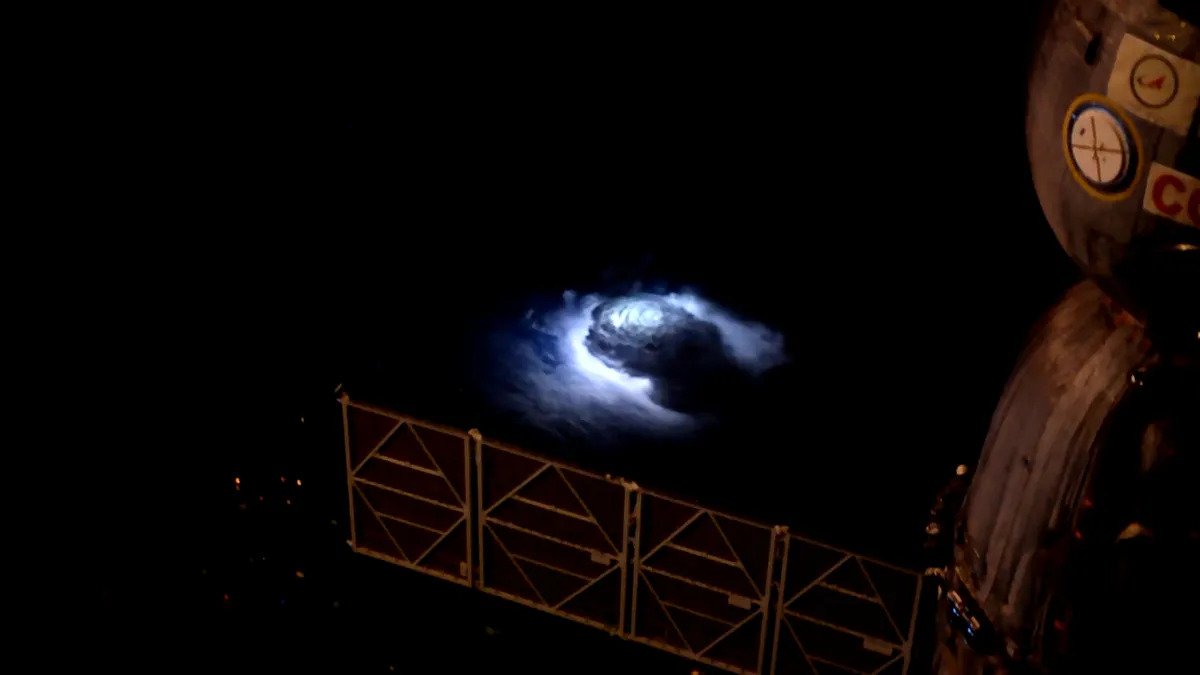European astronaut Andreas Mogensen plans to observe lightning strikes from the International Space Station. He flew into space with the Crew-7 mission. A new experimental camera will help him in this research.

Observations from the ISS
European Space Agency astronaut Andreas Mogensen plans to observe lightning from space. On August 25, he flew to the International Space Station as part of the Crew-7 mission. This is the second space trip for him.
Lightning in the Earth’s atmosphere has been repeatedly observed by satellites. In particular, the American GOES (Geostationary Operational Environmental Satellite) spacecraft somehow recorded the longest strike in the Earth’s atmosphere. However, human involvement can make these studies much more flexible and allow scientists to understand what is still a mystery.
In this study, Morgensen will use a completely new camera. It is capable of making up to 100 thousand images every second and is neuromorphic. This means that the principle of operation of this device is based not on collecting all available light, as is usually the case, but on measuring changes in lighting.
Therefore, the new camera is not able to see a person in a brightly lit room if he does not move. However, in order to see the instantaneous flares in the clouds in all the details, it fits perfectly, because it is able to see the smallest details.
Amazing lightnings
Morgensen expects an incredible flight experience. In 2015, his space journey lasted only 10 days. This time he plans to spend six months in orbit. He hopes to see those rare phenomena, photos of which he received last time. Then they were published by Science and Nature.
The elusive phenomena he hopes to see include “blue jets” (upside-down lightning) and “red sprites” (discharges in a layer of the Earth’s atmosphere, known as the mesosphere). The nature of their interaction with the lower layers of the atmosphere has not yet been sufficiently studied.
Olivier Chanrion, lead author of an April 2023 presentation on the study at the European Geophysical Union in Vienna, said that observing lightning also provided a unique perspective on human-caused climate change.
The new study makes it possible to analyze and quantify the impact of thunderstorms on the climate, as well as to check to what extent they are associated with the rise of the tops of storm clouds that introduce greenhouse gases and aerosols into the stratosphere.
According to space.com
Follow us on Twitter to get the most interesting space news in time
https://twitter.com/ust_magazine

